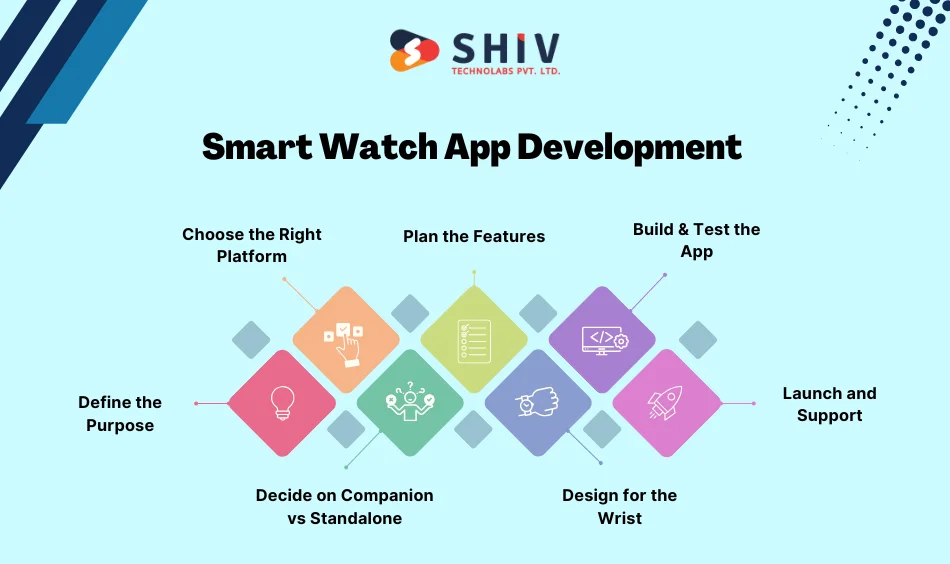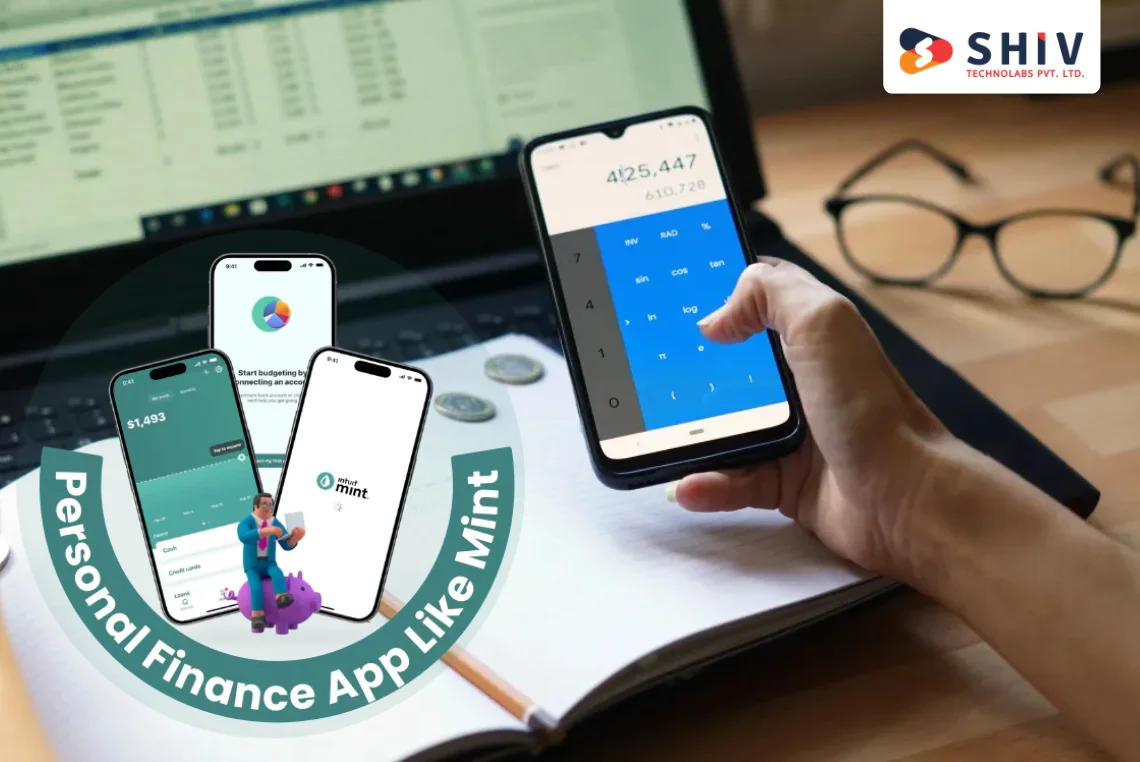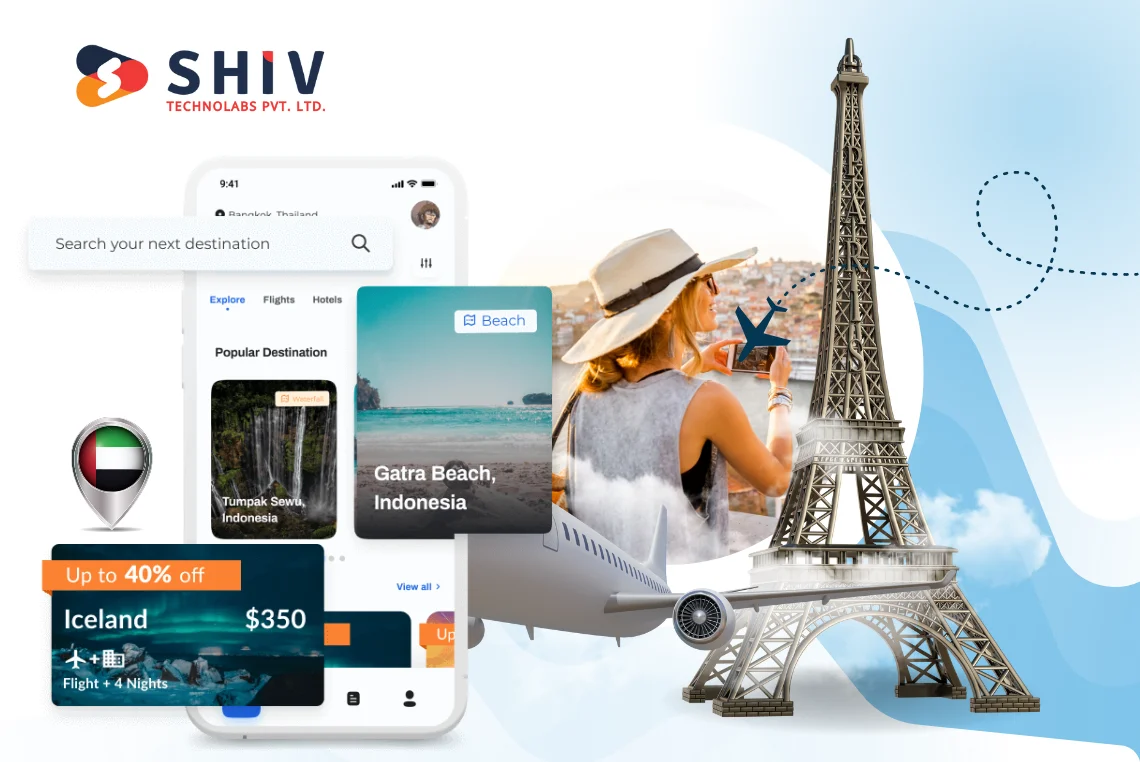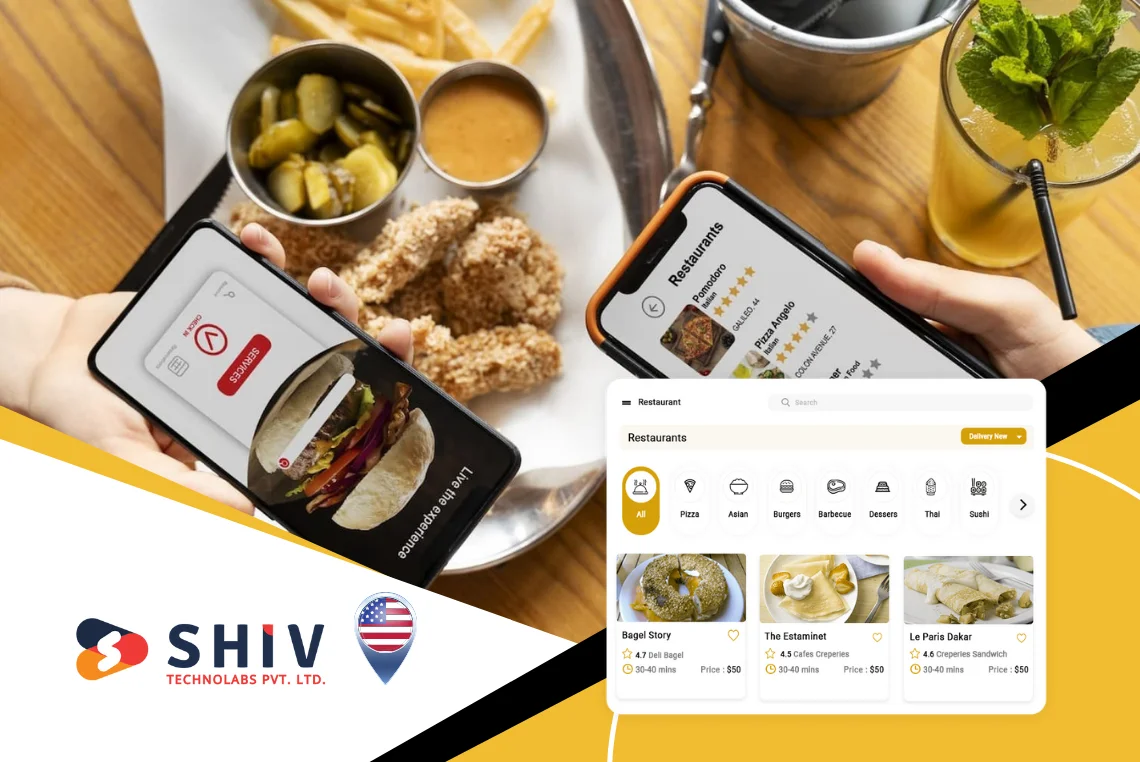Table of Contents
Smartwatches aren’t just timekeepers anymore. They’re mini-computers on your wrist—tracking steps, sending texts, handling payments, and even helping people manage chronic health conditions. And behind all that convenience is the software that makes it tick.
If you’re thinking about building a smart watch app, it’s not just about shrinking a mobile app onto a smaller screen. You need to think about the way people interact with wearables—glances, simple taps, and real-time responses. From fitness and health to payments and productivity, there’s a growing demand for apps that fit the wrist and fit the moment.
In this guide, we’ll walk you through how to build a smart watch app from scratch—what to plan for, what it costs, and what you need to get right. Whether you’re a startup or a business with a growing app user base, this will help you make better decisions before you write your first line of code.
What Is a Smart Watch App?
A smart watch app is a software program built specifically for wearable devices like the Apple Watch, Samsung Galaxy Watch, Fitbit, or Garmin. These apps are designed for quick, glance-based tasks—like checking your heart rate, getting a message, or logging a workout—without needing to pull out your phone.
1. Key Traits of Smart Watch Apps:
- Small-screen focused: Built for 1.5–2 inch screens.
- Gesture-friendly: Swipes, taps, and voice commands matter more than scrolling or typing.
- Battery-conscious: Code must be light and efficient to avoid draining the watch quickly.
- Sensor-based: Often use GPS, gyroscope, accelerometer, heart rate sensor, or step counter.
2. Smart Watch App Stats (2025):
- Smartwatch user base: Expected to reach 250 million users globally by the end of 2025.
- Wearable app revenue: Projected to cross $65 billion worldwide in 2025, up from $42 billion in 2022.
- Top categories: Health tracking, workout coaching, sleep monitoring, payment apps, productivity tools, and communication.
Smart watch apps fall into two main types:
| App Type | Description |
|---|---|
| Companion | Works alongside a smartphone app. Most fitness or messaging apps follow this model. |
| Standalone | Functions independently, often with Wi-Fi or LTE. Good for navigation, fitness, and contactless payments. |
The choice between these depends on your features, hardware access needs, and target audience. Either way, the goal is the same: get things done fast, without opening a phone.
Smart Watch App Development – Key Steps to Success

Building a smart watch app isn’t just a smaller version of your mobile app—it needs its own design, tech, and logic.
Here’s a step-by-step look at how it’s done:
1. Define the Purpose
Start with a single, focused problem your app will solve. Smart watch users don’t want clutter. Whether it’s tracking steps, showing pill reminders, or letting users respond to messages, keep it specific.
Example: Instead of building a full fitness app, you might just track hydration and send timely nudges.
2. Choose the Right Platform
Pick the device and OS you’re building for. Popular options include:
| Platform | OS | Common Devices |
|---|---|---|
| Apple Watch | watchOS | Apple Watch Series 8, Ultra |
| Samsung Galaxy | Wear OS | Galaxy Watch 6 |
| Fitbit / Garmin | Fitbit OS / RTOS | Fitbit Sense, Garmin Venu 3 |
Each has its own SDK and design guidelines. If you’re going cross-platform, plan.
3. Decide on Companion vs Standalone
- Companion app: Works with a phone app (e.g., WhatsApp notifications).
- Standalone app: Works on its own (e.g., Uber, Spotify on Apple Watch).
Standalone apps are harder to build but give users more independence.
4. Plan the Features
Focus on what matters. Some popular features include:
- Step or heart rate tracking
- Notifications and quick replies
- GPS for running or cycling
- Voice commands or shortcuts
- Tap-to-pay or alerts
Use no more than 2–3 core actions per screen.
5. Design for the Wrist
Smart watch UI follows a few golden rules:
- Text must be large and readable
- Interactions must be quick—under 5 seconds
- Buttons must be thumb-friendly
- Always consider low-light and motion situations
Stick to the official design guidelines (watchOS Human Interface, Wear OS Material Design).
6. Build & Test the App
Use the official SDKs (like Xcode for Apple or Android Studio for Wear OS). Testing should cover:
- Gesture response (taps, swipes, crown rotations)
- Battery usage
- Screen responsiveness
- Sensor accuracy
Also test real-world use cases—jogging, driving, multitasking.
7. Launch and Support
Upload your app to the App Store, Google Play, or Fitbit Gallery based on your target device. Add a clear app description, wearable screenshots, and permissions list.
Keep updating your app regularly to stay compatible with new OS versions and wearables.
Cost to Build a Smart Watch App
The cost of building an app for smart watch depends on several factors: platform, complexity, design, testing, and whether it’s a standalone or companion app. Here’s how the numbers typically look:
| App Type | Estimated Cost (USD) |
|---|---|
| Basic companion app | $5,000 – $12,000 |
| Feature-rich companion | $12,000 – $20,000 |
| Standalone app (iOS) | $15,000 – $30,000 |
| Cross-platform standalone | $25,000 – $45,000 |
These ranges include design, coding, QA, and minor post-launch support.
1. Cost Factors to Consider
- Platform: watchOS apps (Apple) often cost more due to stricter review and design requirements. Wear OS is more flexible but fragmented across devices.
- App Complexity: More sensors? More features? Real-time sync? That all adds up.
- Design Customization: A clean, custom UI takes time. If you follow standard design kits, you’ll save on design hours.
- Backend Infrastructure: Do you need a backend to store health logs or sync data across devices? Add $3,000–$8,000 more depending on the scope.
- Third-party Integrations: If your app connects to other services (like Apple Health, Google Fit, or Spotify), expect added development time.
2. Ongoing Costs
- Maintenance & OS updates: $1,000–$5,000/year
- Analytics or usage tracking: Optional but adds value
- Cloud hosting (if needed): $20–$100/month based on usage
A smart watch app can be a smart investment—but only when it solves a clear need. You don’t need to start with every feature. Start small, then grow based on real feedback.
Key Things to Consider Before You Build

Before jumping into development, take a step back. Smart watch apps aren’t just “mini apps.” They require their way of thinking, because people use them differently.
Here are a few things to keep in mind:
1. User Context
Most people use smart watches while walking, running, or multitasking. They’re not sitting down and reading screens. This means:
- Keep interactions short
- Don’t flood users with notifications
- Prioritize one action per screen
If your app can’t work in 5 seconds or less, rethink it.
2. Battery and Performance
Smart watches don’t have the power of phones. Your app must be light and fast. Heavy animations, background syncing, or constant location tracking can drain the battery fast—and annoy users.
3. Platform Limitations
Each platform has its own rules:
- WatchOS: Needs approval from Apple, stricter design guidelines
- Wear OS: More flexible but inconsistent across brands
- Fitbit/Garmin: Limited UI capabilities but great for health-focused apps
Make sure your idea fits the hardware and software limits.
4. Sensor Access and Permissions
You might need access to health data, motion sensors, GPS, or microphone. These require user consent. Plan how your app will ask for it—and only ask for what’s necessary.
5. Phone Pairing or Standalone?
If your app depends on a phone connection, test how it behaves when the phone is out of range. If it’s standalone, make sure it handles offline modes well.
6. Wearable Use Case vs. Mobile Use Case
Don’t just clone your mobile app.
Ask yourself:
Why would someone use this on a watch instead of a phone?
If you can’t answer that clearly, refine your app idea.
Shiv Technolabs – Your Smart Watch App Development Experts
At Shiv Technolabs, we help businesses turn simple app ideas into working products for smart watches and wearables. From watchOS and Wear OS to cross-platform builds, we focus on getting the tech right—and keeping the experience clean and useful.
If you’re planning to build a smart watch app, our team can guide you through every step—from design to launch.
Plan. Build. Launch.
Smart watch apps aren’t about packing in more—they’re about doing less, better. Whether it’s reminding someone to drink water or letting them skip a song mid-run, the best apps feel like natural extensions of daily life. But getting there takes the right balance of design, tech, and purpose.
Start with a real use case. Build only what’s needed. Test it in motion. And always think from the user’s wrist, not your developer screen.
Let’s talk about your wearable app idea.






















